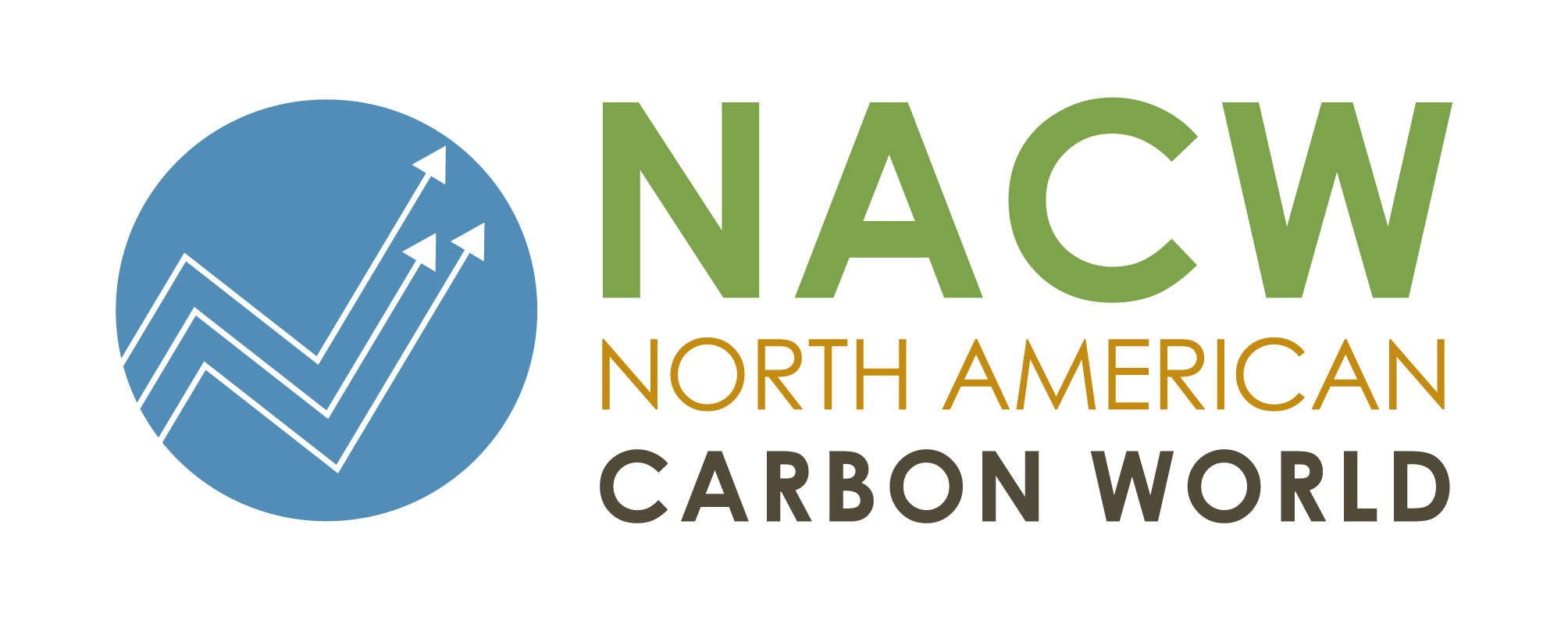CLASSY Awards Announces Eight Nonprofit Winners Live on Stage
San Diego, CA – The CLASSY Awards, in partnership with the United Nations Foundation, announced eight Winners live on stage this past weekend at the 5th Annual CLASSY Awards Ceremony. More than 3,600 programs worldwide were evaluated during a yearlong research process. The Winners were selected by the Leadership Council, a prestigious board of 100+ leaders and experts in the social sector.
The Ceremony featured co-hosts Elizabeth Gore, Entrepreneur-in-Residence at the United Nations Foundation and Kenna, Founder of Summit on the Summit and Grammy-Nominated Musician, along with 12 influential speakers.
“We are truly honored to be in the company of so many amazing and accomplished organizations. Seeing the impactful work of the winners and all of the nominees at the awards ceremony really made a bold statement about the power of collaboration, passion and drive,” said Gary Gero, President of the Climate Action Reserve. “We share this award and the recognition of our work with all of the environmental groups, businesses, government agencies, academic institutions and individuals who have been a part of our work over the last 11 years.”
“All of the organizations participating in the CLASSY Awards are big thinkers and bold leaders,” said Elizabeth Gore, this year’s co-host of the CLASSY Awards and Entrepreneur–in-Residence at the UN Foundation. “The winners recognized on stage are implementing creative new solutions, taking risks and leveraging best practices to guide their strategies. The UN Foundation recognizes their leadership and we are proud to support their efforts in driving significant social progress moving forward.”
This year’s CLASSY Awards Winners include:
- Active Duty & Veterans Services: The Mission Continues
- Animal & Wildlife Welfare: World Vets
- Disaster Relief & Public Safety International Medical Corps
- Educational Advancement: Project Lead the Way
- Environmental Protection: Climate Action Reserve
- Health Services: Jhpiego
- Human Rights & Social Justice: Immigration Equality
- Poverty & Hunger Relief: Action Against Hunger
The Climate Action Reserve is the largest offset registry to serve the carbon markets. With deep roots in California and a reach across North America, the organization encourages actions to reduce greenhouse gas emissions and works to ensure environmental benefit, integrity and transparency in market-based solutions to address global climate change.
“Our global social landscape is evolving at an unprecedented pace, and bold solutions are needed to address new and existing challenges,” said Pat Walsh, Co-Founder of the CLASSY Awards. “The winners awarded with a CLASSY this year are driving significant progress in the 8 major cause sectors, and their work deserves recognition. We are honored to be able to shine a spotlight on their successes.”
More information about the CLASSY Awards Winners, Finalists and Nominees can be found at: www.classyawards.org or email tloubier@stayclassy.org.
###
About the CLASSY Awards
The CLASSY Awards, in partnership with the United Nations Foundation, is the largest social impact awards ceremony of its kind, celebrating the greatest champions of social progress. The yearlong initiative identifies and evaluates organizations in eight major cause categories, including Active Duty & Veteran Services, Animal & Wildlife Welfare, Education Advancement, Environmental Protection, Health Services, Human Rights & Social Justice, Poverty & Hunger Relief, Disaster Relief & Public Safety. The winners are determined by the CLASSY Awards Leadership Council, an honorary board of leaders and experts whose unique perspective and valuable insight establishes this recognition as one of the highest honors in the social sector. For more information, visit www.classyawards.org.
About the United Nations Foundation
The United Nations Foundation builds public-private partnerships to address the world’s most pressing problems, and broadens support for the United Nations through advocacy and public outreach. Through innovative campaigns and initiatives, the Foundation connects people, ideas, and resources to help the UN solve global problems. The Foundation was created in 1998 as a U.S. public charity by entrepreneur and philanthropist Ted Turner and now is supported by global corporations, foundations, governments, and individuals. For more information, visit www.unfoundation.org.























